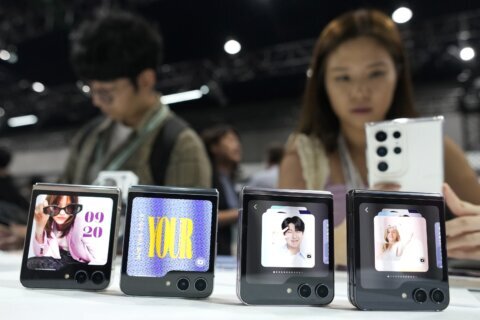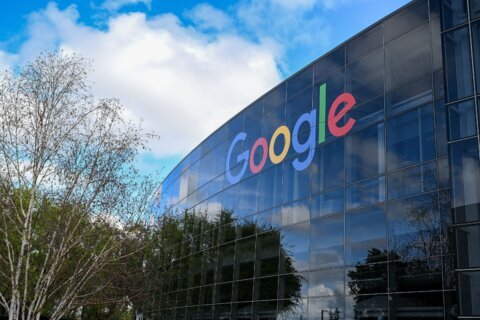Q: How does the new Google Pixel 2 XL compare to the Samsung S8+?
A: With Samsung’s release of the S8/S8+ in April, they brought a unique eye-catching design packed with new features and screens to market that quickly made it a top-seller.
Google’s much anticipated Pixel 2 phones (which is a Verizon exclusive) was expected to compete at this highest tier with Samsung’s flagship and it does.
Screen comparison
Both of these devices have large advanced OLED displays (s8+ 6.2” / Pixel 2 XL 6”) with no physical buttons, which pushes the viewable area to the edges. OLED (Organic Light Emitting Diode) technology means that the individual pixels can be turned on or off, which creates brighter colors and darker blacks over traditional LCD displays.
Samsung uses curved edges on the sides in a slightly narrower form factor, which makes it a little easier to use for those with small hands while reducing the bezel to almost nothing.
The Pixel 2 XL’s pOLED is excellent, but the S8+’s Super AMOLED display when compared side-by-side with the same image is noticeably better.
Camera comparison
Both devices have 12MP rear-facing and 8MP front-facing cameras with the S8+ having a slightly wider aperture (f/1.7 vs f/1.8), which can make a slight difference in low lighting settings.
They both offer HDR options, but the Pixel 2 offers HDR+ Enhanced mode for those shots that have a large ratio of light to dark. HDR essentially uses multiple images at various exposures and combines them for better images.
The Pixel 2’s advanced camera technology and features will appeal to hard-core smartphone photographers that includes free, unlimited storage of all your videos and photos in their original quality via Google Photos.
Additional considerations
They both have fingerprint scanners on the back, but the S8+ has it right next to your rear camera lens, so you’ll need to make sure you clean your camera lens regularly as you’ll put your finger on it often.
The S8+ has glass on the front and back, which we managed to crack on our test unit fairly quickly, so I’d highly recommend a case. The glass allows the S8+ to use wireless charging with an additional accessory, which the Pixel 2 XL doesn’t offer.
The S8+ also allows you to expand the base storage with a MicroSD slot (up to 256GB) while the Pixel 2 XL is fixed at either 64 or 128GB of storage.
The S8+ has a slightly higher water resistance rating (IP68 vs IP67) but both are designed to survive total immersion in water for short periods of time.
The Pixel XL 2 has gone the same route as Apple and eliminated the headphone jack, so you’ll either need to use the included USB-C adapter or use Bluetooth headphones.
The Pixel 2 XL uses the Google Assistant, which can be activated by slightly squeezing the phone on the sides, while Samsung has their own attempt at a personal assistant called Bixby which you can’t remove. I prefer Google Assistant, which you can also download to the S8+ but Bixby will always be lurking in the background.
They’re both excellent phones, so think about the differences that I’ve outlined to see which fits your needs the best.
Ken Colburn is the founder and CEO of Data Doctors Computer Services. Ask any tech question on his Facebook page or on Twitter.






